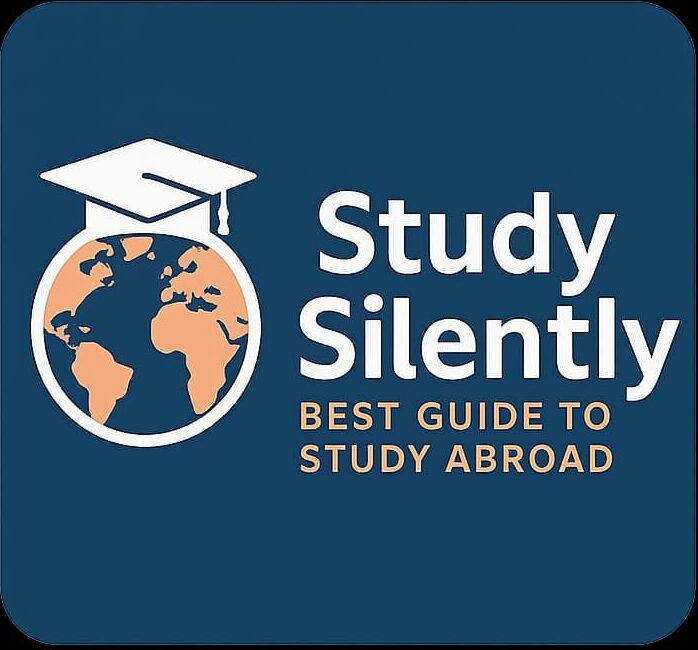
Study in USA – Your Complete 2025 Guide
Planning to study in USA? This guide helps you explore top universities, visa guidance, work opportunities, and student life in the United States.
Table of Contents
Toggle🎓 Tuition Fees in USA
Tuition fees in the USA vary depending on the type of institution and program. On average:
- ✅ Public Universities (State): $15,000 – $25,000 per year
- ✅ Private Universities: $25,000 – $50,000 per year
- ✅ Community Colleges: $8,000 – $12,000 per year
- ✅ MBA/Medicine Programs: $40,000 – $70,000+ per year
💡 Tip: Scholarships and assistantships can reduce your costs significantly.

💰 Cost of Living in USA
Living expenses in the USA vary depending on city, lifestyle, and accommodation type. Below is an average monthly breakdown for international students:
- 🏠 Rent (Shared Apartment): $500 – $1,000/month
- 🍲 Food & Groceries: $200 – $400/month
- 🚇 Transportation (Public): $70 – $120/month
- 📶 Internet & Mobile: $50 – $80/month
- 🔌 Utilities (Electricity, Gas, Water): $100 – $150/month
- 🧼 Personal Care (Toiletries, Laundry): $50 – $100/month
- 🏥 Health Insurance: $75 – $200/month
- 🎯 Miscellaneous Expenses: $50 – $150/month
💡 Tip: Cities like New York and San Francisco are more expensive, while mid-western cities are more affordable for students.

🏫 Top Universities in USA
If you want to study in USA, these are the top globally ranked and prestigious universities that you should consider.
Cambridge, Massachusetts
Stanford, California
Cambridge, Massachusetts
Berkeley, California
New York City, New York
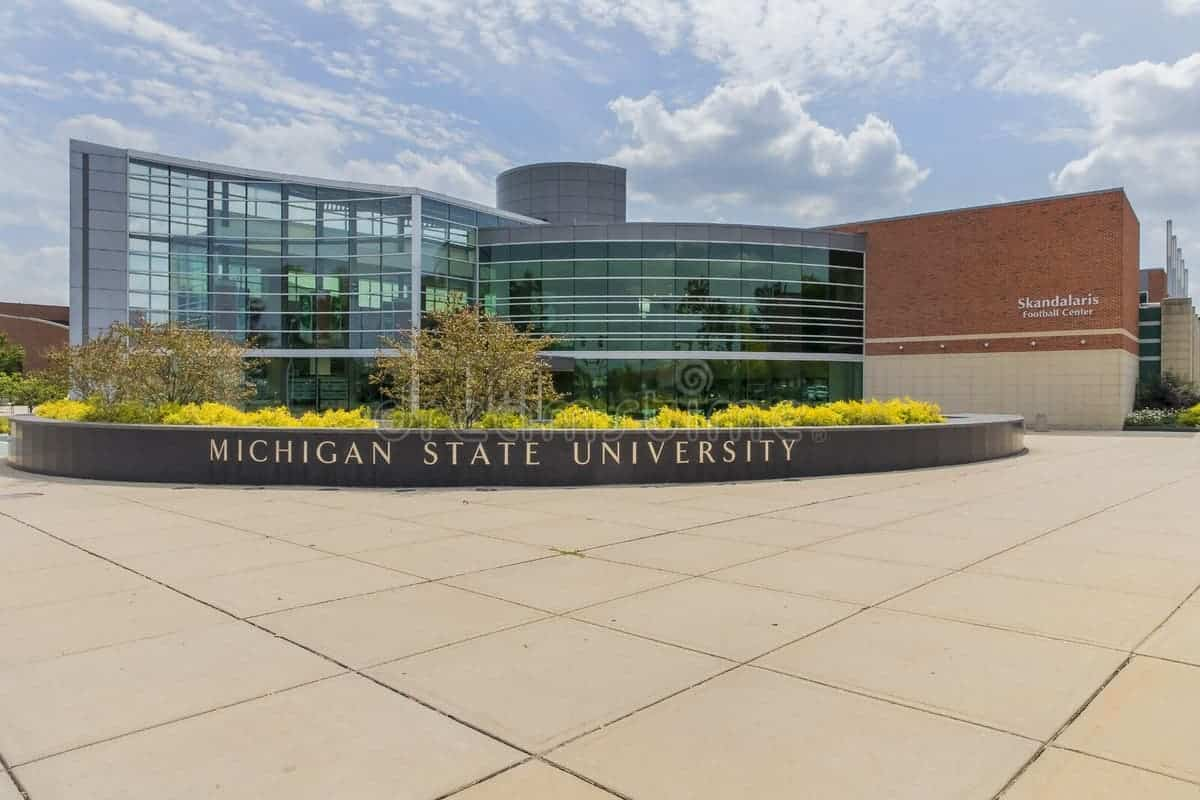
🧑🎓 Work Rights for International Students in USA
The USA allows international students to work under specific conditions. Here's what you need to know:
- ✅ On-Campus Jobs: Allowed up to 20 hours/week during semesters and full-time during breaks.
- ✅ Off-Campus Work (CPT): Curricular Practical Training is allowed after completing one academic year.
- ✅ OPT (Optional Practical Training): Post-study work authorization for up to 12 months (STEM students get 24-month extension).
- ✅ Social Security Number (SSN): Required to work in the US – easily obtainable after securing a job offer.
💡 Tip: Always consult your university’s DSO (Designated School Official) before starting any employment.

🛤 PR Pathway after Study in USA
If you study in USA, there are step-by-step options that can eventually lead to permanent residency (Green Card), even though the USA doesn’t offer direct PR immediately after studies.
- 🎓 Step 1: OPT (Optional Practical Training)
After completing your studies, you can work in the US under OPT for 12–36 months (for STEM programs). - 💼 Step 2: H-1B Work Visa
During OPT, your employer can sponsor you for an H-1B visa (skilled worker visa). - 🧑💼 Step 3: Employer-Sponsored Green Card
After spending time on H-1B, many employers sponsor Green Cards for eligible employees. - 💚 Step 4: Apply for PR (Green Card)
Once your I-140 petition is approved and priority date is current, you can apply for permanent residency.
📝 Note: The PR process in the US is employer-dependent and takes time, but it’s possible with the right planning.
🛂 Many students who study in USA explore the PR pathway through OPT, H-1B visas, and green card sponsorships after graduation.
📚 For more information, visit the official EducationUSA website.
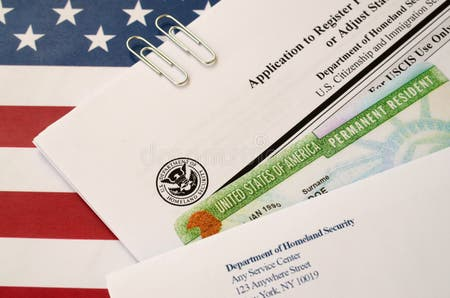
✅ Pros & Cons of Studying in USA
✔ Pros
- 🎓 World-class education and top-ranked universities
- 🌍 Culturally diverse and inclusive environment
- 💼 Strong internship and job opportunities (OPT/CPT)
- 📚 Wide range of programs and research options
- 💵 Higher post-study salary potential
⚠ Cons
- 💸 High tuition fees and living costs
- 📑 Complicated visa and PR process
- 🧍♂ Homesickness and cultural adjustment
- ⏳ PR pathway is time-consuming and uncertain
- 🏥 Healthcare is expensive without insurance
⚖ While you study in USA, you enjoy excellent education, but must also deal with higher tuition and healthcare costs.

💰 Scholarships & Financial Aid in USA
Many universities and external organizations offer scholarships and financial aid to international students in the USA. Here are some popular options:
For academic excellence, offered by most top universities.
Based on family income and background — some universities offer partial/full aid.
Eg: Fulbright, AAUW, Tata, Inlaks, etc. for Indian & international students.
Part-time research or teaching jobs with fee waivers & stipends.
💡 Tip: Apply early and check eligibility criteria carefully for each scholarship.

🏅 Extracurricular Activities in US Universities
Along with academics, US universities offer a wide range of extracurricular activities that help students develop leadership, teamwork, and creative skills.
- 🏀 Sports & Athletics: Football, Basketball, Tennis, Swimming, and more.
- 🎭 Theater & Drama: Campus plays, cultural events, and stage performances.
- 🎵 Music & Dance: Choir groups, bands, classical and modern dance clubs.
- 🗣 Debate & Public Speaking: Debates, MUNs, and speech competitions.
- 💡 Clubs & Tech Societies: Innovation, entrepreneurship, coding, and more.
✨ These activities play a major role in building confidence, creativity, and leadership skills among students.
🎭 Universities that allow you to study in USA offer rich extracurricular activities to help students grow beyond academics.

🎓 Student Life in USA
- Top-notch academic facilities and campus infrastructure
- Vibrant multicultural communities and student unions
- Sports, arts, drama, music, and volunteering opportunities
- On-campus housing, dining, and tech-enabled libraries
- Support services like student advisors, mental wellness programs, and career centers
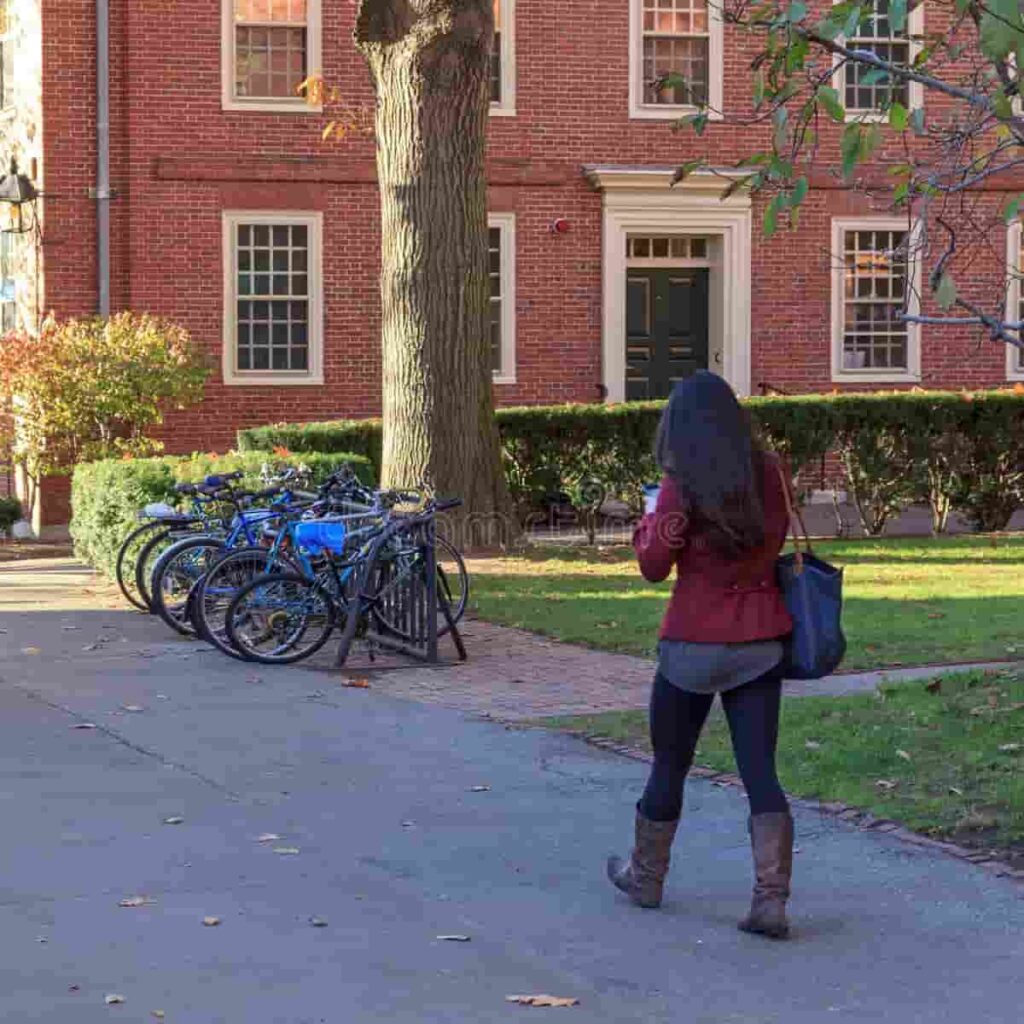
🛂 Visa Requirements for USA
- Apply for an F-1 (student) visa after receiving I-20 from a SEVP-approved school
- Pay the SEVIS I-901 fee before visa interview
- Schedule visa appointment and fill out DS-160 form
- Carry necessary documents: I-20, passport, visa appointment confirmation, SEVIS receipt, financial proof
- Attend visa interview at the U.S. Embassy or Consulate
- Demonstrate intent to return home after studies and financial ability to support yourself
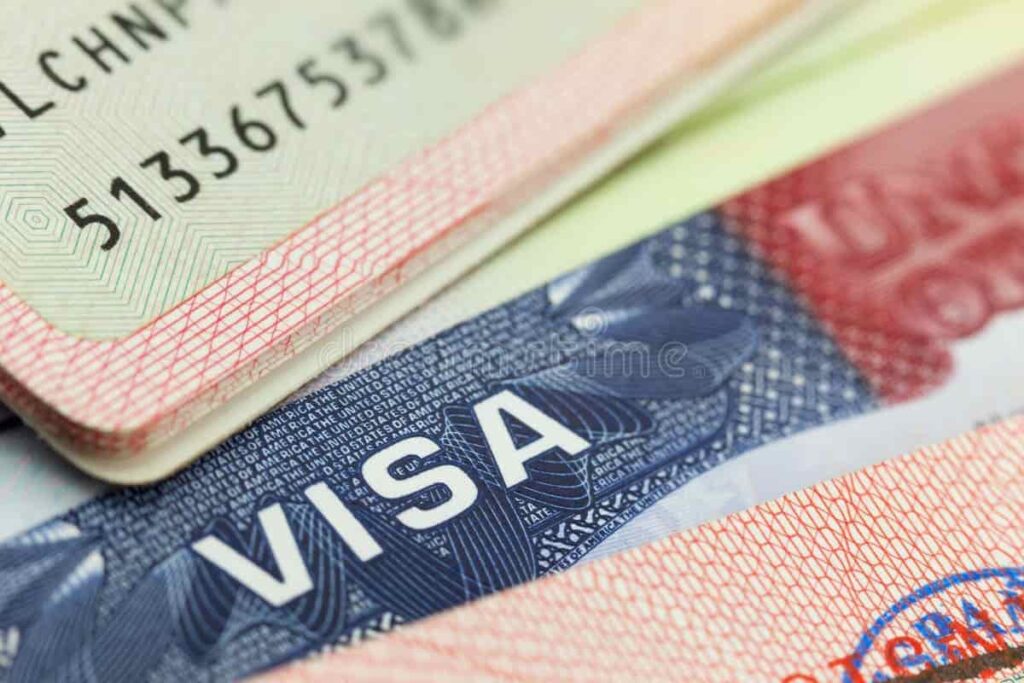
🗓 Intakes and Deadlines for USA
- Fall Intake (August or September): This is the main intake. Most courses and scholarships are available during this time.
- Spring Intake (January): This is the second option. It is good for students who missed the Fall intake.
- Summer Intake (May or June): Only a few programs are available, such as short courses or English language classes.
- When to apply? You should start your application process 6–9 months before the intake begins.
- Entrance Exams: Complete required tests like IELTS, TOEFL, GRE, or GMAT in advance.
- Rolling Admissions: Some universities accept students throughout the year if seats are available. Apply early to increase your chances.
🗓 When planning to study in USA, it's important to apply early for Fall, Spring, or Summer intakes to secure your spot.
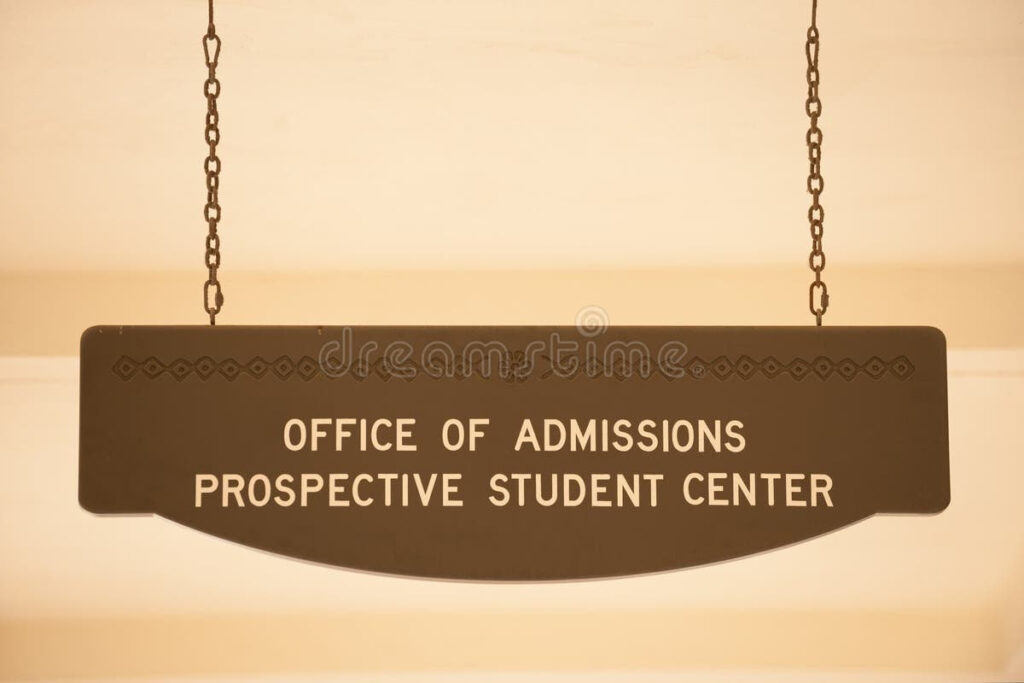
💼 Post-Study Career Opportunities in USA
- OPT (Optional Practical Training): You can work in the USA for up to 12 months after graduation. STEM students can extend for 24 more months.
- H-1B Work Visa: After OPT, many students apply for an H-1B work visa through a sponsoring employer.
- Career Support: Most universities have career centers to help you find internships and jobs.
- High-Demand Fields: Technology, healthcare, business, and engineering offer strong job opportunities.
- Permanent Residency: Some students later apply for a Green Card after gaining work experience.
💼 Those who study in USA can benefit from strong career support, internship programs, and post-study work options like OPT and H-1B.

❓ Frequently Asked Questions (FAQs)
What is the cost of studying in the USA?
It depends on the university and course. On average, tuition fees range from $10,000 to $50,000 per year.
Can I work while studying in the USA?
Yes. International students can work up to 20 hours per week on-campus during studies, and full-time during breaks.
Do I need IELTS or TOEFL?
Yes, most US universities require English language test scores like IELTS or TOEFL for international applicants.
How early should I apply?
You should apply at least 6–9 months before your planned intake. Earlier is better for visa and scholarships.

🏁 Conclusion: Is Studying in the USA Worth It?
Studying in the USA offers world-class education, diverse career opportunities, and cultural exposure. While it requires a significant financial investment, the long-term benefits in terms of academic growth and global career prospects are substantial.
- 🎓 Top-ranked universities with cutting-edge research
- 💼 Strong internship and work opportunities
- 🌎 Multicultural learning environment
- 📈 Potential PR pathway through work visas
💡 Tip: With the right planning, scholarships, and support, the USA can be a life-changing destination for your studies.

📥 Download the Complete Study Abroad Checklist
Get your free 2025 PDF guide with everything you need to know before applying to universities abroad – documents, timelines, tips, and more.
🎯 No spam, only valuable content about studying abroad.

Subscribe for Study Abroad Updates
Get important study tips, visa alerts & checklist updates directly in your inbox.
Thank you!
You have successfully joined our subscriber list.

